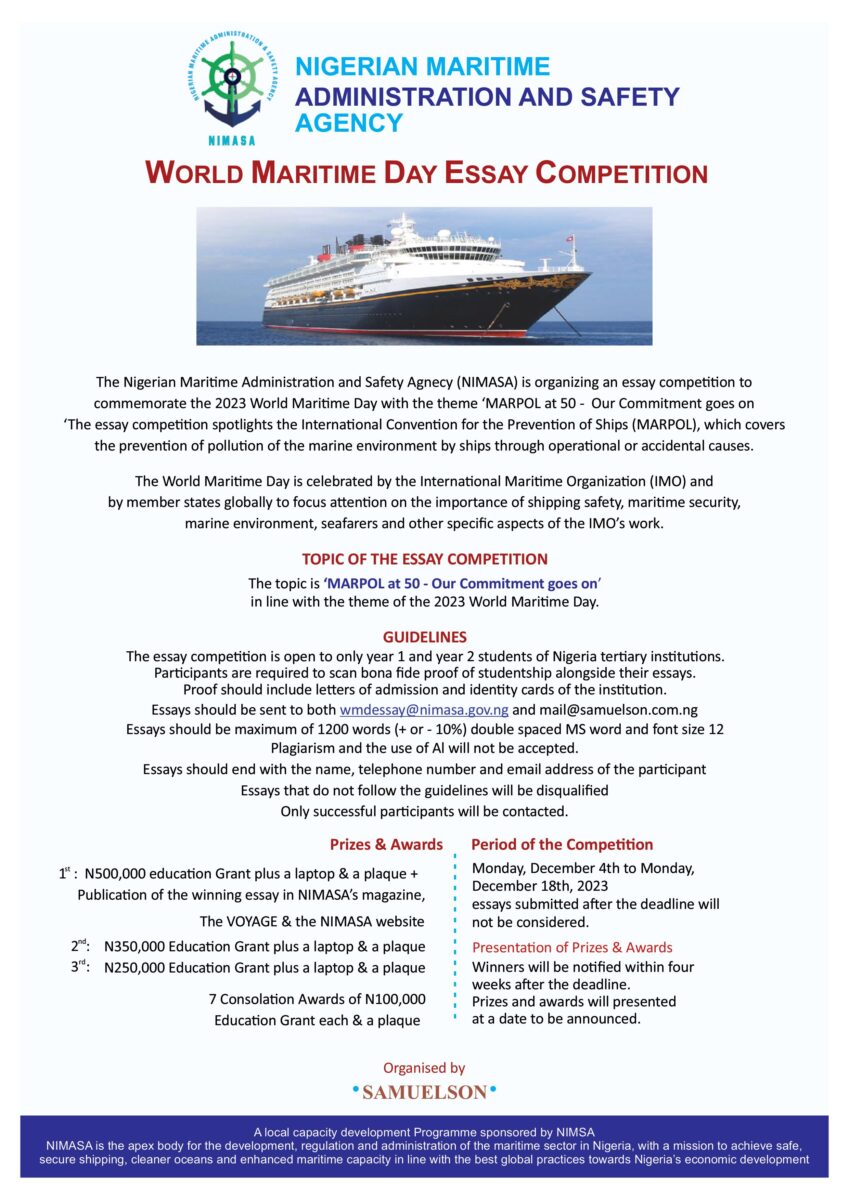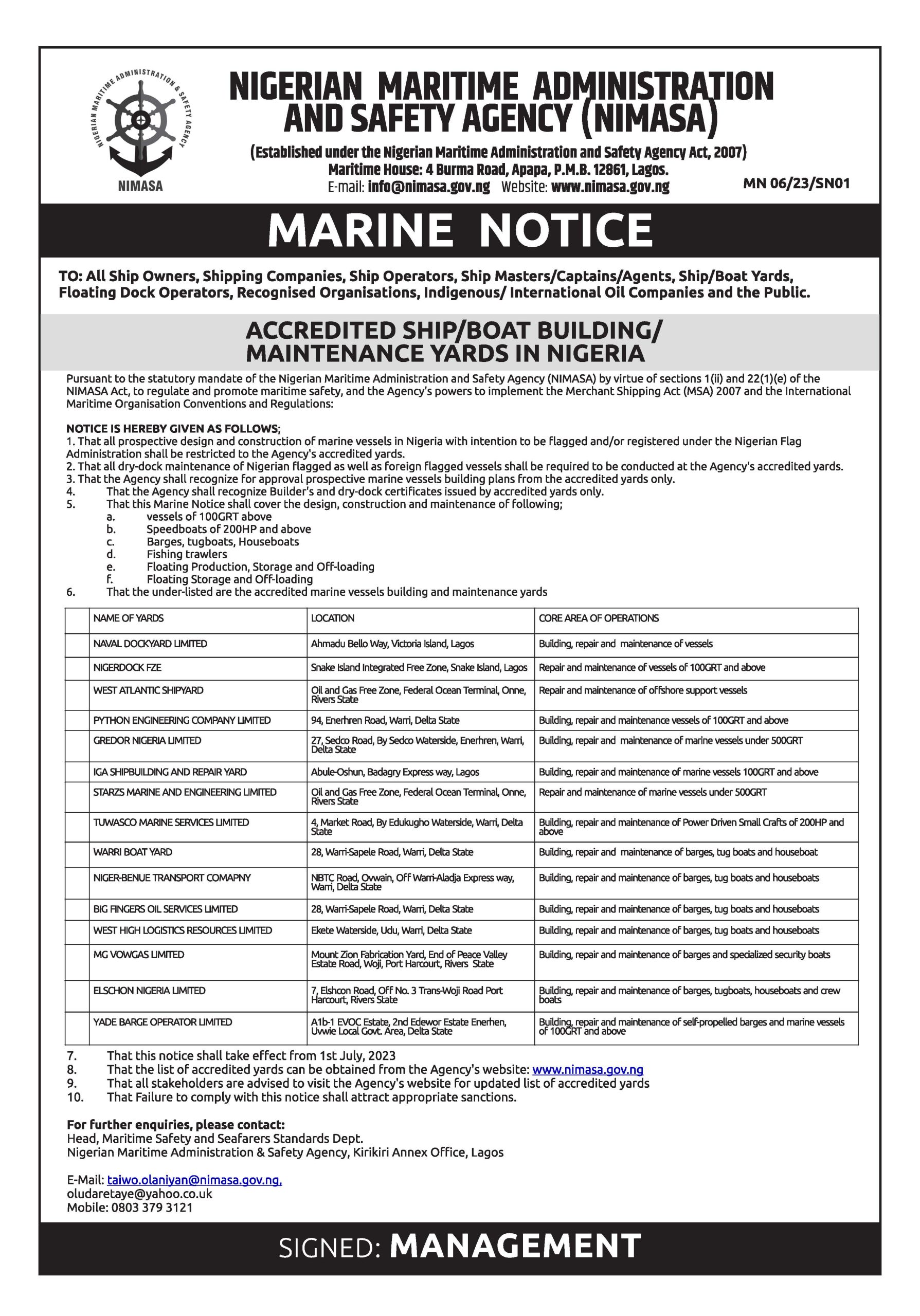Nearly two years ago, the OceanGate company stunned the world with what it claimed was a groundbreaking invention: the Titan submersible. Designed to take civilians to the depths of the ocean to view the wreck of the Titanic, Titan was promoted as a bold leap in deep-sea exploration. Tragically, the vessel imploded during a dive, killing all five people on board. Since then, Titan has become both a symbol of ambition and a cautionary tale. But the question remains: was the Titan truly a failed invention?
The Purpose Behind the Titan
The Titanic was a British ocean liner that famously sank in the North Atlantic on April 15, 1912, after striking an iceberg. More than 1,500 people died, making it one of the deadliest maritime disasters in history. In 1985, oceanographer Robert Ballard located the wreck, lying about 3,810 meters (12,500 feet) below the surface and around 370 miles off the coast of Newfoundland.
Since its discovery, the Titanic has become a target for both scientific expeditions and wealthy tourists. By 2012, around 140 people had visited the site. The Titan was intended to make these visits more accessible by offering paid dives for civilians.
_
What Made Titan Unique?
The Titan submersible was not like traditional deep-sea vehicles. Built with a carbon-fiber and titanium hull, it was designed to descend nearly 4,000 meters—deep enough to reach the Titanic wreck. OceanGate marketed Titan as a cutting-edge craft, giving non-scientists the rare opportunity to explore the ocean’s depths.
However, Titan’s design raised concerns. Carbon fiber, while strong and lightweight, is not typically used in deep-sea vessels because of its potential to weaken under repeated pressure. Additionally, OceanGate chose not to have the submersible certified by established third-party safety organizations, a decision widely criticized by marine engineers.
OceanGate stated on its website in 2023 that Titan was developed “in collaboration with experts from NASA, Boeing, and the University of Washington.” But after the implosion, those institutions distanced themselves. The University of Washington said its Applied Physics Lab had no role in Titan’s design or testing. Boeing clarified that it did not partner with OceanGate on Titan, and NASA stated that its involvement was limited to a basic research agreement, not active development or manufacturing.
The Tragic Dive
On June 18, 2023, the Titan lost contact with its support vessel less than two hours into its descent. A large-scale search captured global attention. Days later, debris was found near the Titanic wreck, and authorities confirmed the submersible had suffered a catastrophic implosion.
Investigations pointed to potential design flaws and material weaknesses. Critics highlighted that safety warnings from engineers and former employees had gone unheeded, raising serious questions about the vessel’s readiness and the decision-making behind its launch.
Was Titan a Failure or a Risk Worth Taking?
- Technical and Engineering Flaws
From an engineering perspective, Titan had critical issues. The use of carbon fiber, while innovative, was controversial due to its uncertain performance under deep-sea pressure over time. OceanGate’s choice to bypass standard safety certifications only worsened concerns. Many experts saw these decisions as reckless rather than revolutionary.
- Innovation vs. Irresponsibility
Some argue that all innovation carries risk. Aviation, space travel, and even early submarine missions have experienced failures and fatalities. But in Titan’s case, many believe that necessary precautions were ignored, turning what could have been a bold innovation into a preventable disaster.
- Ethical Responsibility
Titan’s passengers were civilians, not trained test pilots. Allowing tourists aboard an experimental submersible without full safety certification raises serious ethical questions. Was it acceptable to expose non-professionals to such a high-risk environment?
- Did Titan Contribute Anything?
Despite the tragedy, Titan did bring global attention to the risks of private exploration ventures. It sparked discussions about the need for tighter regulation in deep-sea tourism and raised awareness of the limits of innovation without oversight. In that sense, it may help prevent similar tragedies in the future.
Conclusion: A Failed Invention, or a Tragic Experiment?
By most technical and ethical standards, the Titan submersible failed. It did not perform safely or reliably, and it ignored important safety practices. Yet some might argue that even failures like Titan contribute to progress by highlighting flaws and setting new standards.
Ultimately, Titan may be remembered not just as a failed invention, but as a turning point—one that exposed the dangers of unchecked innovation and shaped the future of extreme engineering and exploration.
This piece is written by Emmy Tundez a freelance content writer in Abuja.








